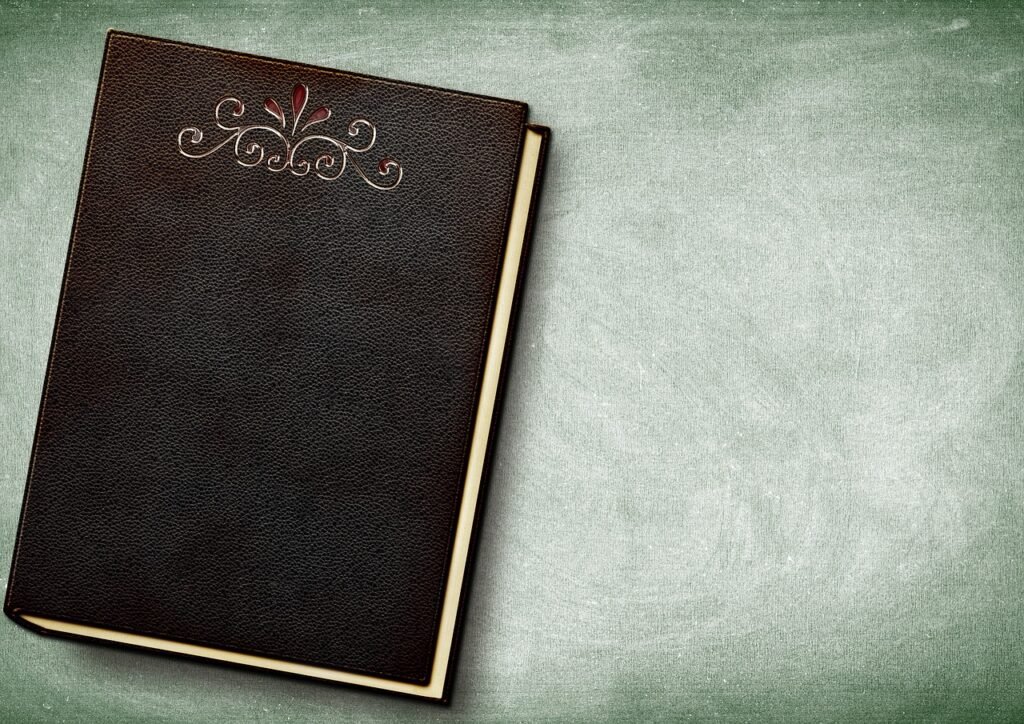Anatomy of Book Design: A Guide for Graphic and Editorial Designers
Thinks of book design, and most minds run straight to either the cover – what images are on it, how the typography and color have been set up – yes, the cover is important, but there’s much more to book design than is apparent at first sight. Designing something spectacularly functional, aesthetic, and timeless also means being able to nail the anatomy of the book to perfection. No matter whether you’re working on a novel, a non-fiction guide, or something as conspicuous as a coffee table book-what’s at your fingertips are the core elements of this design.

Take basic book design, for instance, where we will soon make this more comprehensible with the help of an easy-to-download guide (all for free) so that even you can master the craft in terms and techniques like a professional. And while we’re at it, please do take a look at Warren’s latest tutorial on the Anatomy of Books where everything in book design will be broken down and explained with real-world examples.
Why Anatomy Matters in a Book
Book design is not just making it look nice; it is creating an environment through which the reader can move seamlessly through the entire book. From the margin to the spine, every individual component in a design is not only visually appealing but it also functions to increase the overall usability of the book. The result is a very well-thought-of structure, design, and a very easy-to-read text that enhances the book’s character and genre.
So, here are three of the key things every designer needs to know.
1 The cover: the reader’s first view.
This is the point of the first encounter, and the most important as during this, it can decide minute by minute about the reader’s decision to take up the book to become the first ever cover of colors designed as part, which may consist of a number of things each with specific functions:
Front Cover: The section in which forms a part in that different part of a book; it usually bears a title, a name of the author, and sometimes also illustration or picture. Its function is to call attention and make the first impression.
Spine: Usually dismissed from the reader’s mind as a trivial part but is essential for quick identification when shelved. Usually placed at the book’s back cover, one side may bear the author’s name while the other bears the title so that book lovers can easily find it on the shelf.
Back Cover: This usually consists of a blurb, blurbs about the book, and the ISBN number. This is your chance to give a few hints to the reader about the story or the subject of the book. Make it exciting!
- Inside-Not Just Words
It’s often said design makes the book to good readability and bad readability. Most importantly, design matters from the margin to the type. Everything else from there is the way the content gets easy to digest and comfortably. A brief overview of the main key elements:
a. Front Matter
Before the main content, pages of a book usually contain the following: a Title Page having the title, subtitle (if any), name of the author; Copyright Page has legal information, publishing details and copyright statements; and Table of Contents, that is essential for non-fiction and reference books, for which readers are able to follow the structure of the book.
Dedication or Acknowledgements:
Some optional sections, which are often added, to acknowledge thanks or special mentions from the author.
b. Body Matter
That is where the soul of content is put into play as far as design is concerned. These include:
Margins- This refers to the space near text; this can be confined to both functional and aesthetic purposes. An inch is an ideal width between the edge of the paper and the image. Too near the left and right and the above the bottom and top of the sheet and the held text can feel quite pressed; too wide and the page may seem absolutely sterile. It is crucial to strike a balance.
Typeface-The font that you select considerably impacts the book’s readability. Times New Roman is a widely used type of serif font and is typically the type of font that best suits the majority of novel types; a number of legacy or the original justifications would be rendered sans-serif in Helvetica. But what suits contemporary non-fiction best? It would not be the same font as anything else.
Line Spacing and Alignment-The most important part of line spacing is to stop piling-on looks, resulting in the text more difficult to follow. Also, the alignment (whether left-aligned, centered, or justified) results in the visual flow of the text. For example, specific intakes mean every aspect has to be left-justified in itself.
c. Back Matter
There will be also additional sections like in most of the texts, which are really specific in their work.
Appendix: These sections contain different supplementary materials to support the main text, thus emphasizing even more information.
Glossary. It is a tool to find specific terms particularly in technical or academic literature.
Index-A detailed collection of terms, topics, or names in the book that tells the reader where to find specific information in a work. - Binding and Printing Indicators
Effective book design requires one to know book binding on the technical front. The following are a few other terms:
Gutter: The inside space near the binding where the pages get bound together is called the gutter. A wider gutter is necessary because it helps make sure that text won’t be lost within the crease.
Trim Size: The final dimensions of the book after it has been cut to size. Common trim sizes of paperback books are 5.5″ x 8.5″ and 6″ x 9″.
Some Tips on Designing a Book
Visual Hierarchy: A good design will lead the readers’ eyes through the text-by using font sizes, big headings, bold font and space, thus allowing a natural flow to help guide the reader through the book.
White Space: White space is not just empty space-white space is one of the most important design tools. It provides a “rest” for the readers’ eyes, as well as emphasizes important elements. Refrain from overcrowding the page-text and pictures.
Summary
It’s critical that one learns the anatomy of a book as it’s the ultimate formula for designs that look stunning plus delivering functionality. Whether it is a gripping novel, an all-new practical reference, or just a gorgeously illustrated coffee table book, a designer moves a notch higher with their skill set if, on understanding placement of each element of a book, they appreciate how everything comes together.
You may download a free guide that offers a detailed list of terms related to book designs; do so now if you enjoyed this. You could also check out our other articles on book cover designing and more resources for a graphic artist.
